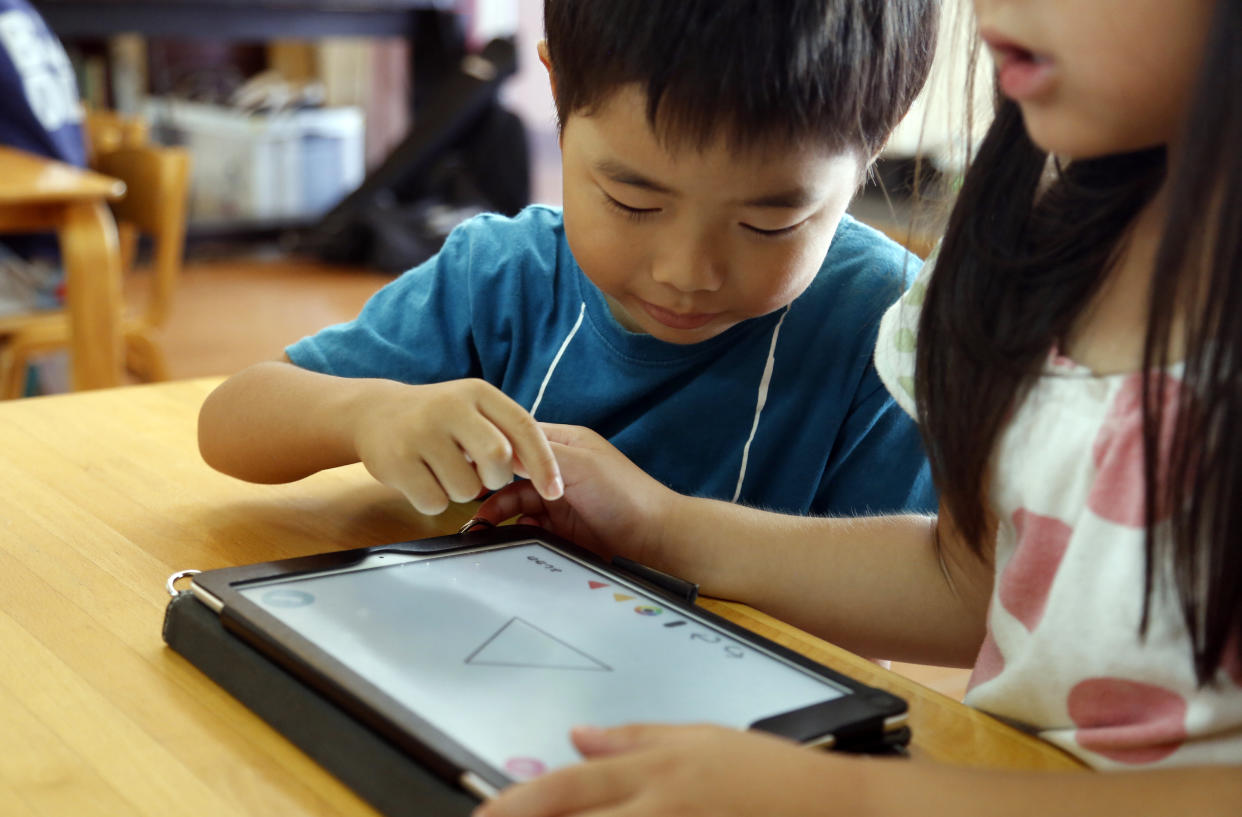The one feature Apple should have added to iOS 13 and iPadOS

Keeping your data secure on a smartphone or tablet requires looking out for such threats as malicious messages, hostile websites… and your child.
While kids may not know how to run unauthorized code with system privileges, they do know how to ask for screen time on their parents’ mobile devices.
In that case, you’d want your gadget’s software to ensure that accidental or intentional taps and swipes by kids don’t expose your apps and information. But Apple’s (AAPL) iOS has provided embarrassingly little help with that over 12 versions — with iOS 13, and Apple’s new iPadOS, about to ship and suffer from the same flaw.
Screen Time is a joke
Here’s what I want: Before handing over my iPad to my daughter, I want to set it so only approved apps run and everything else is suppressed—including their notifications, so my kid doesn’t have to see people yelling at me on Twitter.
(I would also rather not have to see people yelling at me on Twitter, but we all know that’s not going to happen.)
Here’s what Apple offers: Screen Time, a bundle of options added in 2018’s iOS 12 to help you limit your own use but not that of a guest.
Christine Elgersma, senior editor of parent education at the San Francisco-based nonprofit Common Sense Media, summed up the two core issues with Screen Time: “A parent has to know about it, and it's not very intuitive.”
To use the feature, open the Settings app and choose Screen Time.
• To block Apple’s own apps, tap “Content & Privacy Restrictions,” tap “Allowed Apps,” then tap the green slider control next to each app to hide them from the screen. Their icons will vanish; note that unblocking them may not put those icons back where they were, wrecking your careful home-screen arrangement.
• You can’t block third-party apps, but can limit them to one minute of use per day. To do that, open the main Screen Time preferences, tap “App Limits,” choose individual apps or such app categories as “Social Networking,” and set them to be available only one minute daily — the minimum increment. This will also hide their notifications.
• To stop a kid from undoing each setting, add a Screen Time passcode that’s separate from your device’s regular unlock code; no, you can’t use Touch ID or Face ID for that.
If, however, you only want to limit your iPad to a single app, you should ignore Screen Time. Instead, use the Guided Access accessibility feature — the one you’ve probably invoked accidentally by triple-tapping the home button.
Competitors have gotten this right
The underlying problem is that iOS still functions as a single-user system — the human who sets it up is the only one who will use the device until it’s reset. So to set up an iPad properly for a kid, you basically need to buy an iPad for a kid.
“The fundamental point with Apple is that they do not think of their devices as being shared devices,” emailed Creative Strategies analyst Carolina Milanesi.
Or at least, its mobile devices — the Mac operating system outgrew its single-user origins 20 years ago, and the next update to the Apple TV’s tvOS software will add user profiles.
(Apple did not answer an emailed request for comment.)
Competing products got there long ago.
Back in 2012, Microsoft (MSFT) shipped a feature called Kid’s Corner with its Windows Phone 8 mobile software that let you hand a device to a kid with only your choice of apps and entertainment available.
Its instructions were vastly simpler than Screen Time’s: “Select Games, Music, Videos, or Apps, choose the items you want, and then select Done.”
A year later, Google (GOOG, GOOGL) added “Restricted Profiles” for tablets to allow the same kid-friendly option.
Windows Phone vanished down the bit bucket and Android tablets are most of the way down it. But Amazon’s (AMZN) popular, low-priced Kindle Fire tablets — based off Android’s open-source code — ship with a FreeTime app to create and control child profiles.
That retailer has found enough demand for kid-friendly computing to sell Kids Edition tablets with ruggedized exteriors and a warranty against accidental damage, plus a $3/month (with a Prime subscription) FreeTime Unlimited service that serves up a large library of kid-friendly content.
Amazon has since built itself a nice little business here—Kids Edition tablets made up a big chunk of its Prime Day sales this July. It’s hard not to attribute some of that success to Apple’s implication that stressed parents should just buy another tablet.
Email Rob at rob@robpegoraro.com; follow him on Twitter at @robpegoraro.


